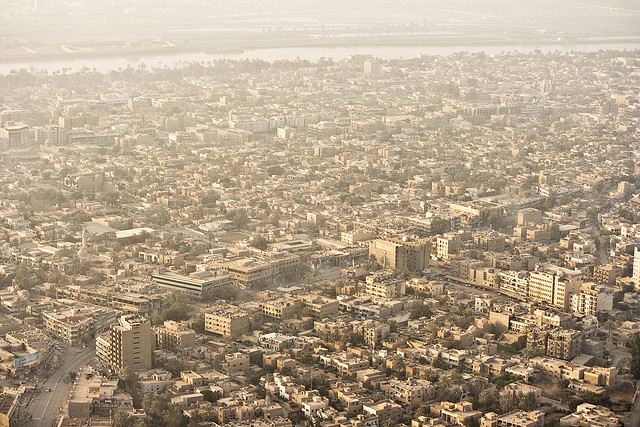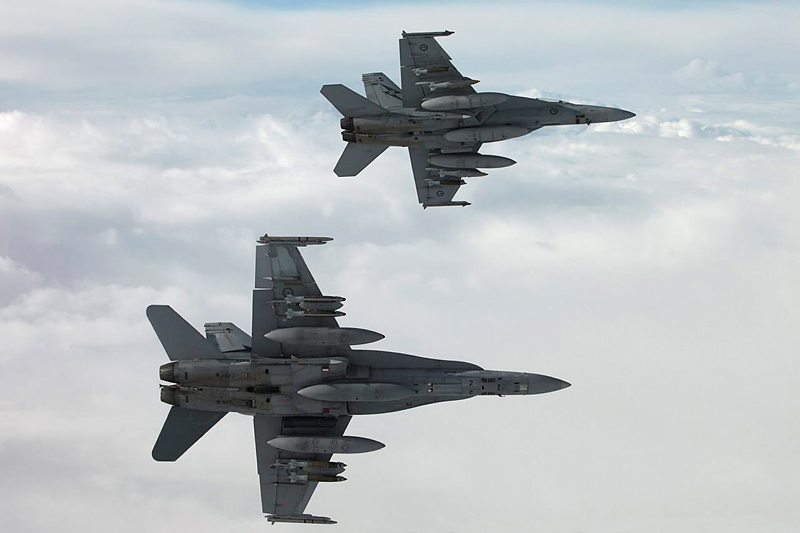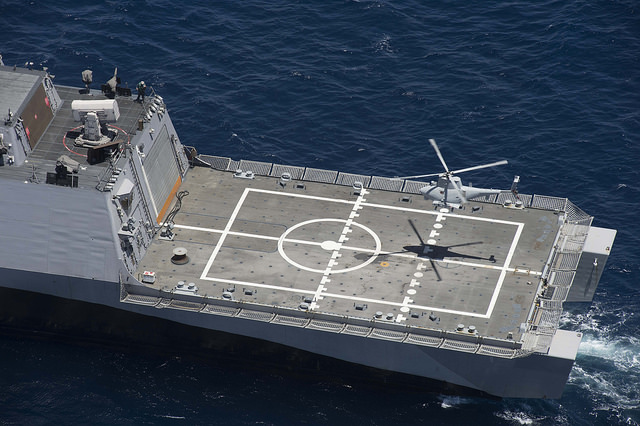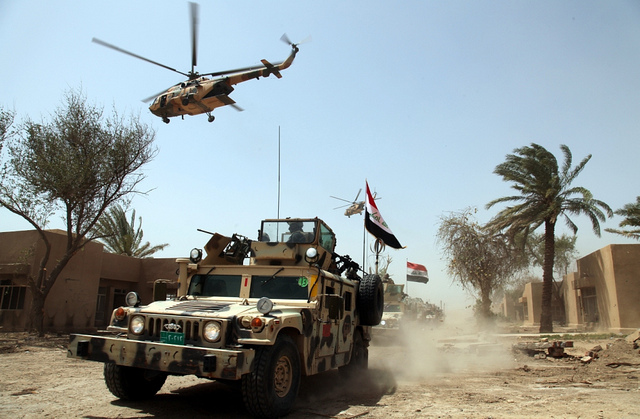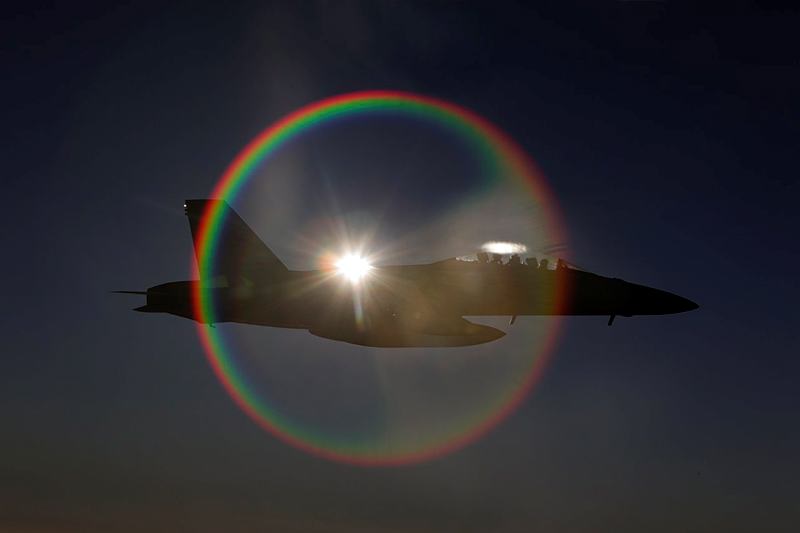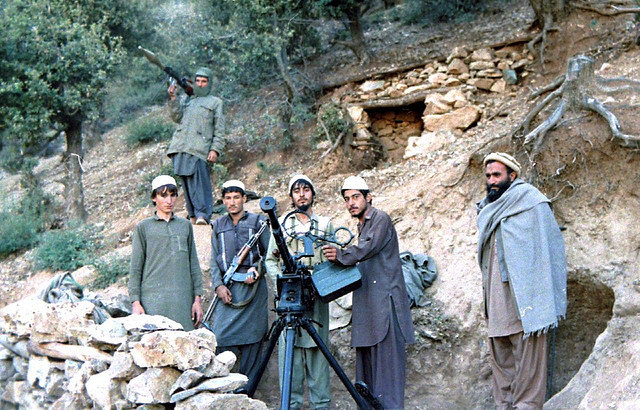Islamic State: time to recognise a failing strategy
In the Islamic State (ISIS), we face a determined enemy melding terrorism and guerrilla warfare with an expansionist, state-building agenda and a mastery of online propaganda. And no country has yet mustered the political will or strategic understanding to defeat the group. In strikingly similar speeches on both sides of the Atlantic on 6 July 6, US President Barack Obama and British Prime Minister David Cameron each admitted that no complete strategy is yet in place, and acknowledged this will be a protracted ‘generational’ struggle with many setbacks.
Over the past year, since its capture of Mosul drew a belated response from the United States, Australia and others, ISIS has adapted to western counterterror efforts, repeatedly beaten Iraqi and Syrian regular troops and Iranian-backed militias, established provinces in Libya, Algeria, Tunisia, Egypt, the Caucasus, Yemen, Afghanistan, Pakistan and Saudi Arabia, and inspired attacks in western states and several North African and Middle Eastern countries.
Pentagon and White House spin to the contrary, ISIS terrorism shows no sign of diminishing after a year of Western intervention. On 26 June, an ISIS gunman massacred 38 people in Tunisia. The same day, ISIS bombers struck in Kuwait (killing 27) and Syria (killing 20). Five days later ISIS launched coordinated assaults on 21 Egyptian military posts in the Sinai Desert. Along with its ability to generate unprecedented numbers of foreign recruits—12 times as many as at the height of the Iraq War in 2006–08—Islamic State’s ability to inspire attacks like these illustrates its mastery of social media and electronic propaganda, and the effectiveness of its ‘leaderless resistance’ model of individual and small-team guerrilla-style terrorism.
But ISIS is far more than a terrorist group. Behind the front line of its offensives in Iraq and Syria, it has forged a governmental structure that administers 6 million people (a larger population than Singapore, Lebanon, Norway or New Zealand) and controls a territory covering one third of Iraq and roughly the same proportion of Syria. Its economy includes oil exports, sale of utilities like electricity and water, extortion of businesses and wealthy individuals, kidnapping, and the sale of antiquities. Along with its increasingly regular taxation system, this gives ISIS an annual revenue of more than US$600 million —small for a state, but (with the sole exception of the Colombian FARC’s drug revenues in the late 1990s) unprecedented for a terrorist group.
As I argued in a recent Quarterly Essay, ISIS—at its core—is a state-building enterprise. It seeks to create a real-world, territorial state in the Middle East, and then expand it by relatively conventional military conquest. It’s driven by a strongly sectarian, anti-Shi’a ideology, and influenced by the Ba’athist roots of its senior Iraqi leaders. As a string of battlefield victories shows—along with its demonstrated adaptability and resilience to bounce back after defeats—ISIS fields the most effective force currently fighting in the region. ISIS overseas provinces, and its ‘Internationale’—ISIS-inspired individuals and cells undertaking subversion, propaganda and terrorism on its behalf—support the state-building efforts of the core ISIS structure.
There are good reasons to avoid calling ISIS a state: to deny it legitimacy, and enable prosecution of those who travel to join it. But treating it as a state for targeting purposes—destroying its governmental structures, its economy, its military, and its ability to control territory and population—should be at the heart of western strategy. Instead, the approach so far has relied on limited airstrikes (11 strike sorties per day, on average, across Iraq and Syria, since last August) against tactical targets, arming and training the Iraqi military (and a few Syrian rebels) under extraordinarily restrictive rules of engagement, and occasional Special Forces raids. This strategy is failing.
On 18 May, ISIS captured Ramadi—capital of Iraq’s largest, most heavily Sunni province, Anbar—routing western-trained Iraqi troops including the vaunted Golden Division. Only four coalition airstrikes were launched the day Ramadi fell, making no impression on an ISIS force including dozens of armoured vehicles, mortars and artillery, spearheaded by seven suicide trucks followed by a swarm of combat teams on foot and in vehicles. Within days ISIS had consolidated its control of Ramadi, captured the city of Palmyra in Syria, and seized a critical border crossing.
Beside these battlefield defeats, half-hearted western engagement has created space for Iranian-backed militias (the ‘Popular Mobilisation’) who have engaged in sectarian cleansing in Sunni towns, and (with Assad in Syria, and Hezbollah in Syria and Lebanon) represent the combat element of an Iranian proxy war to expand Teheran’s influence across the region. US air strikes helped the militias to seize Tikrit in March, and to achieve some progress against ISIS around the strategically critical Bayji oil refinery earlier this month.
But they also weaken the Iraqi government’s credibility, undermine the inclusive agenda of Iraqi Prime Minister Haider al-Abadi, strengthen Nuri al-Maliki (the Shi’a-supremacist former Prime Minister closely associated with the militias) and encourage Kurds in the north and Shi’a in the southern region around Basra to break with Baghdad altogether. The rise of Popular Mobilisation militias as the leading element of Iraq’s campaign to recapture Ramadi (and, perhaps, an eventual offensive against Mosul) also means few Sunnis will support the offensive. Under these circumstances, battlefield victories by Iranian-backed Shi’a militia weaken the Iraqi government even more than defeats: not for nothing, the International Crisis Group has argued that the current approach is ‘defeating the Iraqi state, one victory at a time.’
Beyond the immediate threat, the humanitarian impact—the largest number of displaced persons and refugees ever recorded—is unconscionable, and the risk of a wider regional war is sharply elevated. Sunni states in the Arabian Gulf, with regional powers like Turkey, Egypt, Saudi Arabia and Israel, see expanding Iranian influence as an even more serious threat than ISIS, and are determined to stop it. The failure to mount an effective international intervention against ISIS, along with the appearance of an accommodation with Teheran on its nuclear program, risks turning a long-standing regional cold war into a hot conflict.
Thus, the current approach—in which the United States and its allies, including Australia, seem to be trying to fight the Islamic State without actually fighting—is not only doomed to failure but also likely to have dire knock-on effects. More than a year into the campaign, recognising this failure is the critical first step in crafting a workable strategy going forward.



